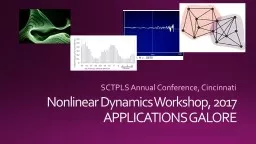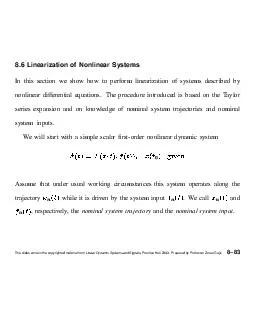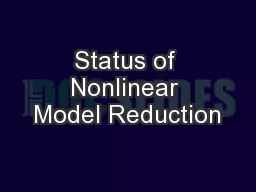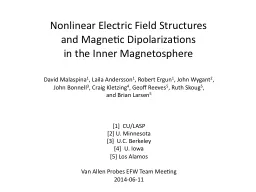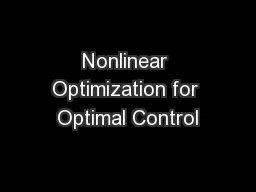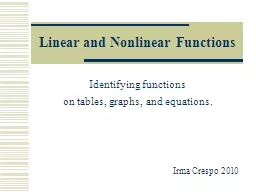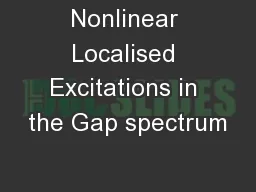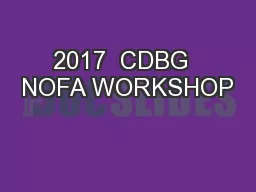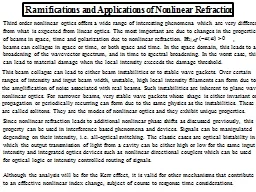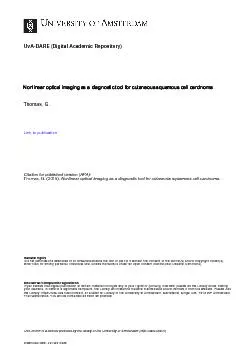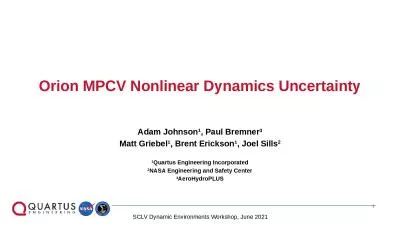PPT-Nonlinear Dynamics Workshop, 2017
Author : yoshiko-marsland | Published Date : 2018-03-07
APPLICATIONS GALORE SCTPLS Annual Conference Cincinnati Applications Galore 1 Frictionfree introduction to NDS concepts and how they connect Stephen Guastello
Presentation Embed Code
Download Presentation
Download Presentation The PPT/PDF document "Nonlinear Dynamics Workshop, 2017" is the property of its rightful owner. Permission is granted to download and print the materials on this website for personal, non-commercial use only, and to display it on your personal computer provided you do not modify the materials and that you retain all copyright notices contained in the materials. By downloading content from our website, you accept the terms of this agreement.
Nonlinear Dynamics Workshop, 2017: Transcript
Download Rules Of Document
"Nonlinear Dynamics Workshop, 2017"The content belongs to its owner. You may download and print it for personal use, without modification, and keep all copyright notices. By downloading, you agree to these terms.
Related Documents

